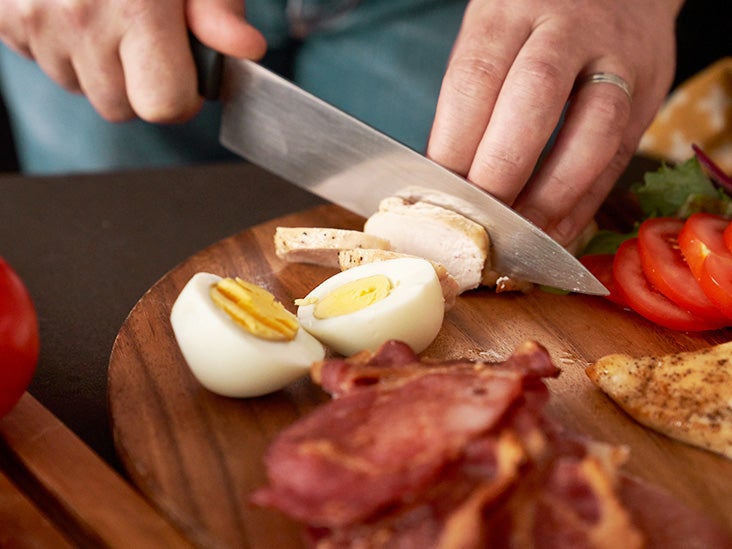How diet and nutrition play a role in the treatment of Pompe disease

Pompe disease is a rare metabolic disease. It is marked by a deficiency in lysosomal alpha-glucosidase. Your body needs this enzyme to break down stored glucose, called glycogen. When your body can’t break it down, glycogen builds up in the muscles. This accumulation makes it difficult for the muscles to function properly.
Symptoms of Pompe disease can appear in infancy or early adulthood. The pump may also be called acid maltase deficiency or glycogen storage disease type 2. The rate of progression varies from person to person.
The main symptom is deep muscle weakness. This weakness can be so severe that it interferes with mobility. In some cases, people with Pompe disease may have trouble sitting up without help. The condition can also affect the respiratory system and the muscles used to chew and swallow.
There is no cure for Pompe disease, but there are several treatments that can help with symptoms and overall quality of life.
Treatment consists of enzyme replacement therapy (ERT) and supportive therapies. Ensuring adequate nutrition is also vitally important, especially for developing children.
Read on for key facts about Pompe disease and nutrition.
Making sure you have adequate nutrition is crucial. But diet alone is not enough. It should be part of a comprehensive treatment plan, which includes ERT.
Everyone is different. A diet that works for one person with Pompe disease may not help another. Your doctor can assess overall nutritional needs and deficiencies and make specific recommendations for:
- food and food supplements
- exercise and physical therapy
- other supportive therapies
Consult your doctor before making drastic changes to your diet or adding new dietary supplements.
Studies of
A high-protein diet may also be beneficial for children, but may not be suitable for everyone with Pompe disease.
One of the reasons to eat more protein is that high protein foods can provide amino acids. When protein is broken down during digestion, the byproduct is amino acids, which can slow muscle breakdown.
A high-protein diet can also help reduce the carbohydrates a person eats. Fewer carbohydrates means cells have less sugar available to store as glycogen.
In general, 10-35% of calories should come from protein. Anything above this range is considered a high protein diet. Of course, protein requirements can change depending on factors such as age, gender, and level of physical activity.
You can get protein from plant and animal sources, such as:
- fish and other seafood
- Poultry
- unprocessed lean meats
- eggs
- seeds and nuts
- lentils and beans
- Tofu
- dairy products
Add protein between meals
Although you should always consult your doctor before making any dietary changes, here are some easy ways to add protein between meals:
- yogurt
- milk, milkshake
- cheese
- almonds, peanuts, cashews, pecans
- sunflower seeds, pumpkin seeds, flax seeds
- hard-boiled or deviled eggs
- Peanut Butter
- bean dip, hummus
You can also add protein shakes, powders or supplements. Again, you’ll want to consult your doctor before trying anything new.
The role of carbohydrates
You need carbs in your diet, but not all carbs are the same. Carbohydrates are made up of sugars, starches and fiber. You can reduce carbs by avoiding those that provide lots of calories with little or no nutritional value. This includes foods made with highly processed white flour and added sugars, such as fried potato chips and cookies.
Instead, choose healthier carbs from foods, such as:
- whole grains, such as cereals, whole-grain breads, and pastas
- whole fruit
- Beans
According to a
Getting the right exercise with Pompe disease can be difficult. Consider talking with your doctor about physical therapy. They may be able to prescribe physical therapy with specific instructions for the therapist.
Some children and adults with Pompe disease have trouble chewing and swallowing. This can increase the chances of inhaling food into the lungs.
And consuming too few calories can become a problem, especially for infants and children who are still developing. This can mean missing out on important protein and nutrients that help maintain muscle mass.
The same
Here are some tips to make food easier to chew and swallow:
- Chop solid foods into manageable pieces.
- Mash food or mix it with sauces or sauces.
- Take small bites and chew slowly and carefully.
- Drink plenty of fluids.
- Replace meals with nutritious drinks with added vitamins and minerals.
In some cases, the only way to get enough nutrients is to use a feeding tube. Some feeding tubes enter through the nose, through the esophagus, and into the stomach. Some go directly into the stomach through a surgical opening in the abdomen.
Your doctor will let you know if this is necessary.
Your healthcare team may suggest working with a speech therapist who can help improve chewing and swallowing. You might also consider working with a dietitian familiar with Pompe disease.
Pompe disease is a genetic disease that affects the muscles.
Because protein is essential for muscle health, some people with Pompe disease may benefit from a high-protein diet. If you or your child has Pompe disease, talk to your doctor about how to ensure proper nutrition.